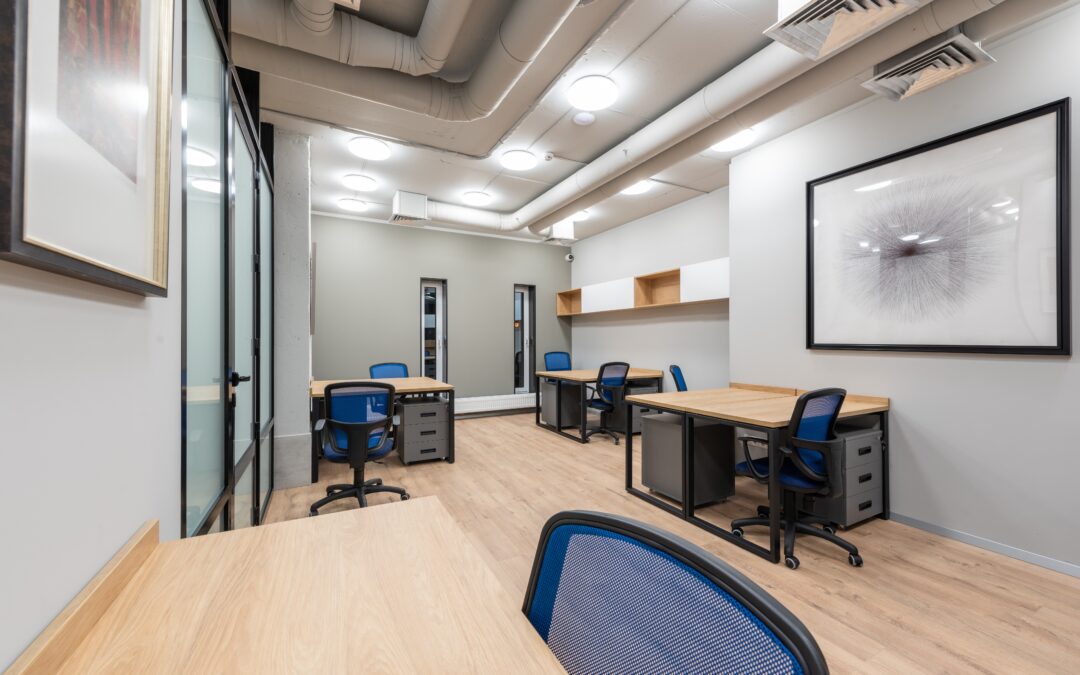When it comes to commercial spaces, lighting design plays a significant role in enhancing their aesthetics. Properly executed architectural lighting design can transform a commercial property, creating the perfect ambiance and enhancing the overall experience of visitors.
Keep reading to explore the art of architectural lighting design for commercial spaces, shed light on its significance, and gain insights into achieving optimal results.
Understanding the Importance of Architectural Lighting Design
This incredible design goes beyond mere functionality; it is an art form that can set the mood, highlight features, and create a unique identity for a commercial space. Lighting has a profound impact on human emotions and behavior, and by harnessing its power, property owners can create an atmosphere that aligns with their brand and resonates with their target audience.
Key Considerations in Architectural Lighting Design
Purpose and Function
The first step in creating the perfect ambiance is to define the purpose and function of the space. Is it a retail store, a restaurant, or a corporate office? Each type of commercial area requires a different lighting approach to achieve its intended goals. Understanding the activities that will take place there helps determine the lighting requirements.
Lighting Techniques
You can employ various lighting techniques to enhance different parts of a commercial space. General lighting provides overall illumination, while accent lighting highlights specific features such as artwork or architectural elements. Task lighting ensures functionality in work areas, while decorative lighting adds an aesthetic touch. A balanced combination of these techniques creates a visually appealing and functional environment.
Light Fixtures and Placement
Selecting the right light fixtures and their placement is crucial. Energy-efficient LED lights are popular choices due to their longevity and versatility. Different fixtures, such as recessed, pendant, or track lighting, can be strategically positioned to draw attention to focal points or create a specific atmosphere. Proper placement avoids glare and shadows, ensuring a comfortable and visually pleasing experience for visitors.
Color Temperature
Color temperature refers to the warmth or coolness of light. Warm white light (2700K-3000K) creates a cozy and inviting atmosphere, ideal for hospitality venues. Cool white light (4000K-5000K) is commonly used in retail spaces to enhance visibility and make products appear vibrant. Understanding the psychological impact of different color temperatures helps choose a suitable lighting scheme for a workplace.
Architectural lighting design is pivotal in shaping commercial spaces’ ambiance and overall success. By considering the above factors, you can create captivating environments that leave a lasting impression on visitors.
At Klostermann Electric LLC, we understand the importance of architectural lighting design for commercial spaces. With our expertise and dedication to excellence, we help businesses transform their spaces into visually stunning and engaging environments. Contact us today to learn more about our services and how we can adorn your space with a gorgeous lighting design.
